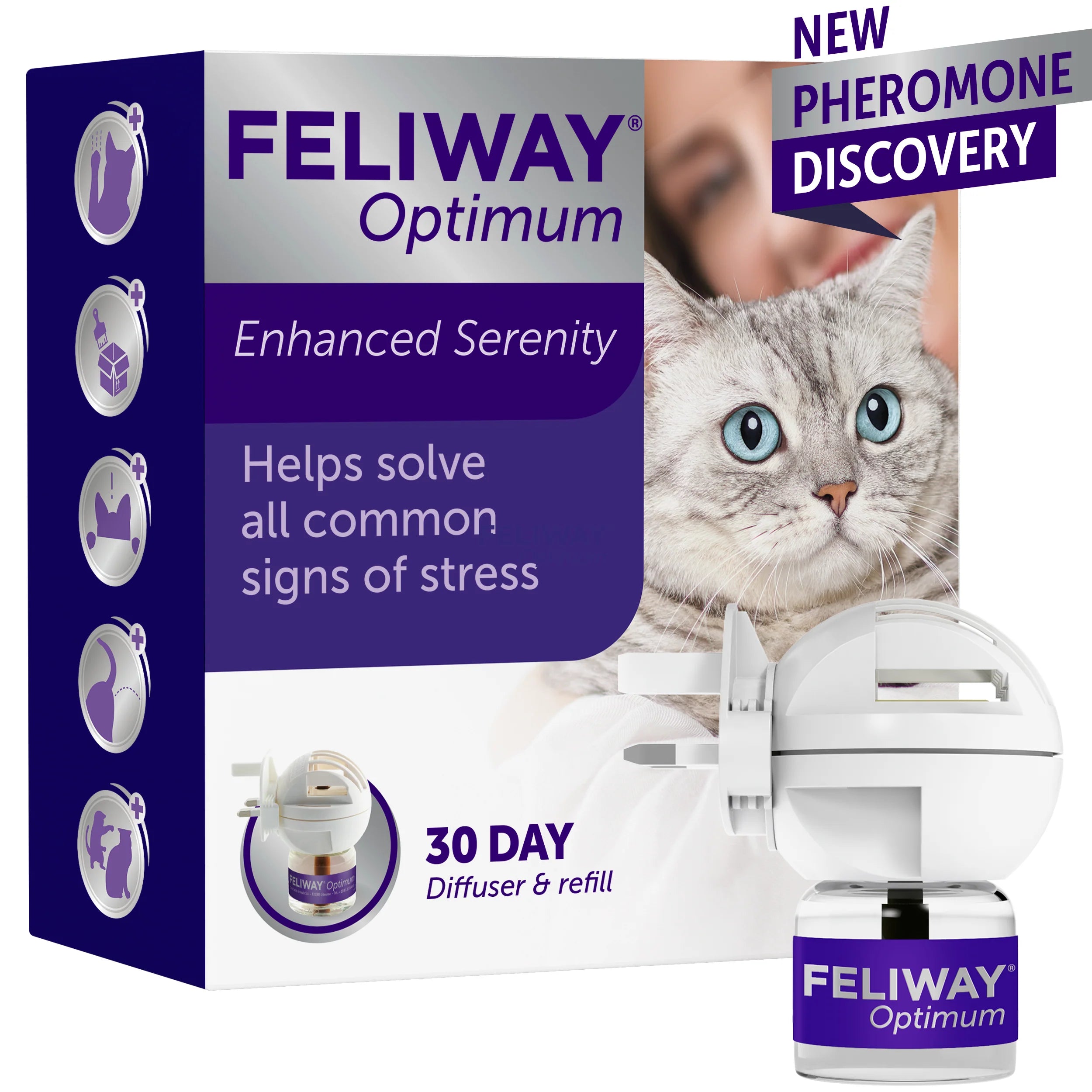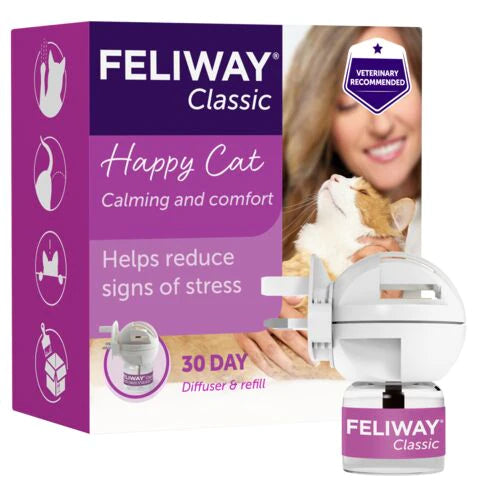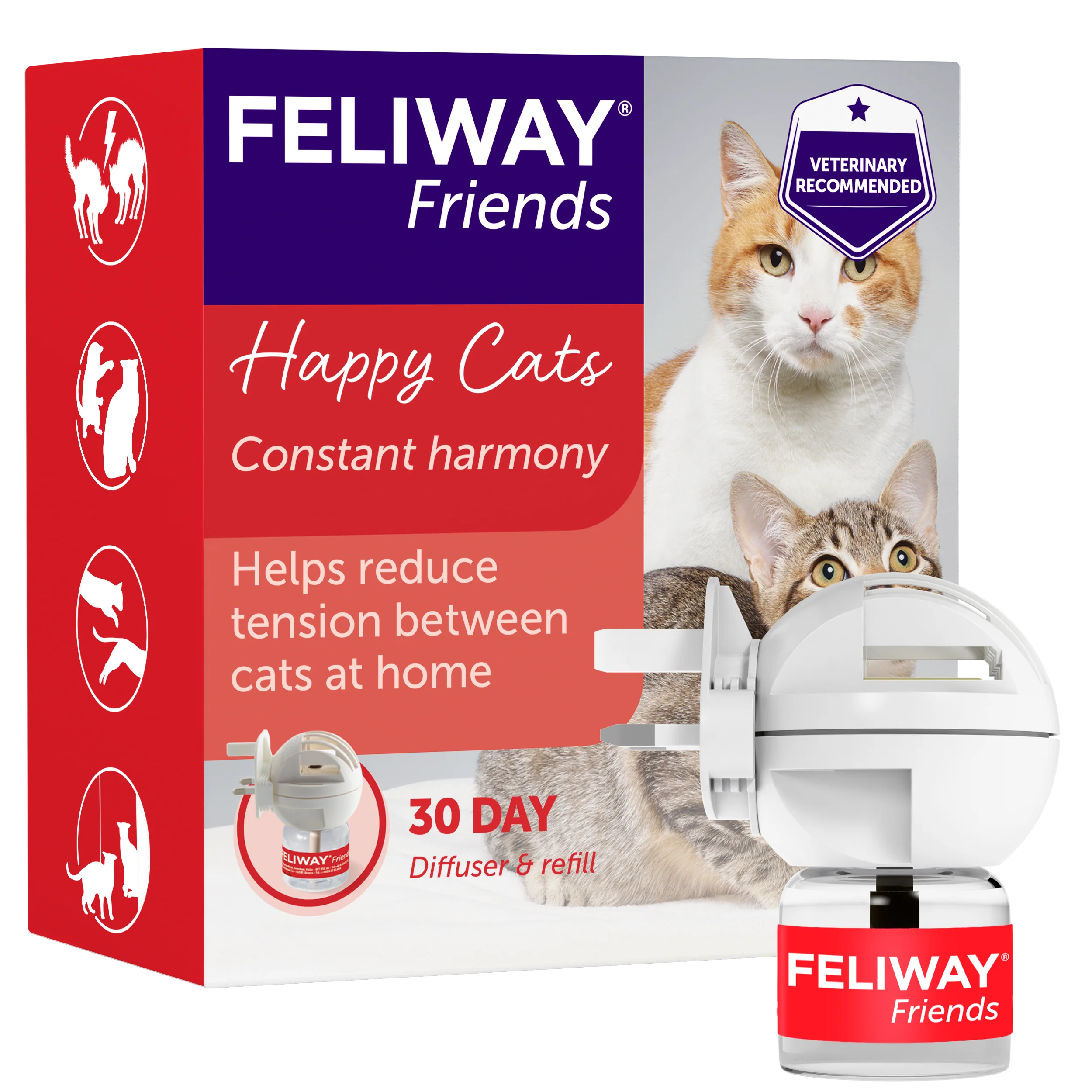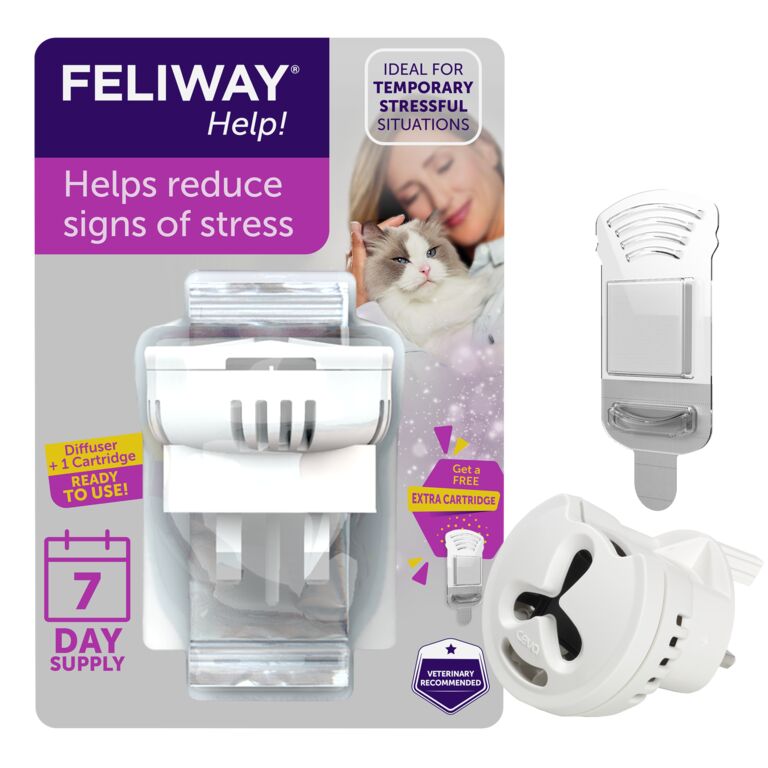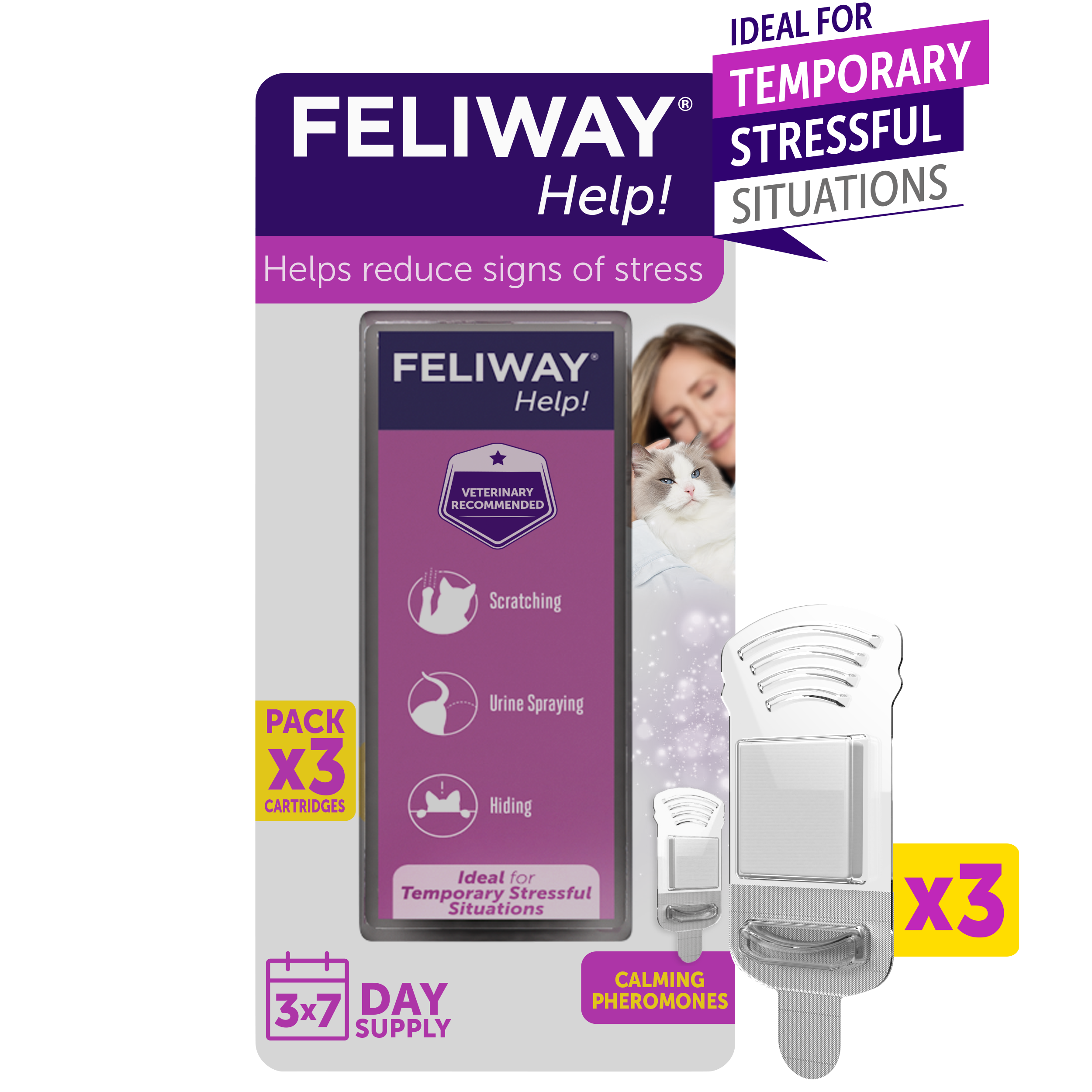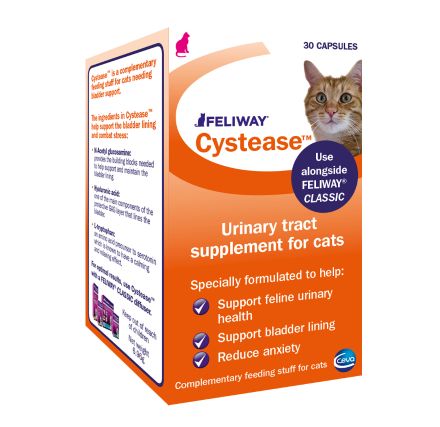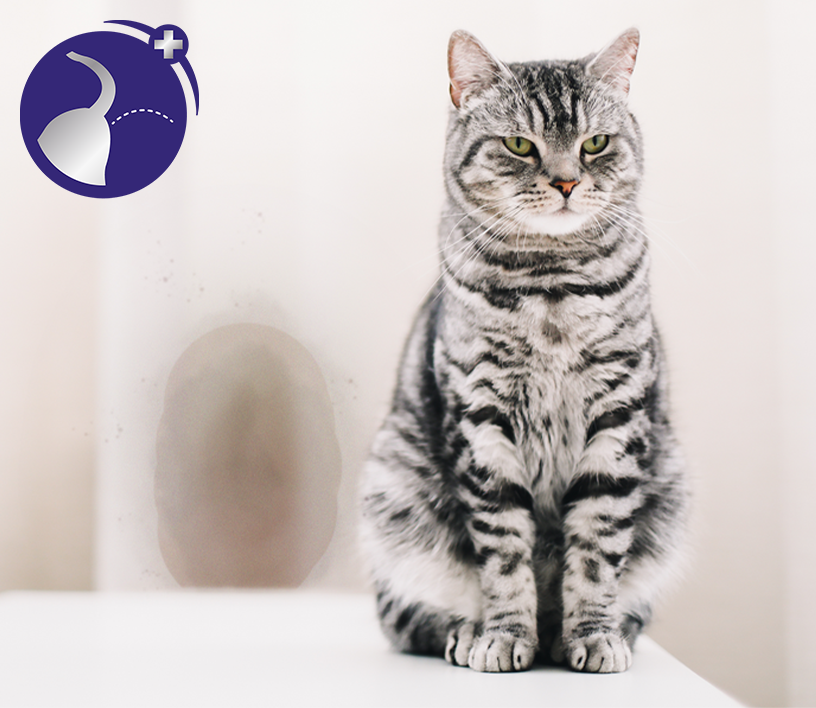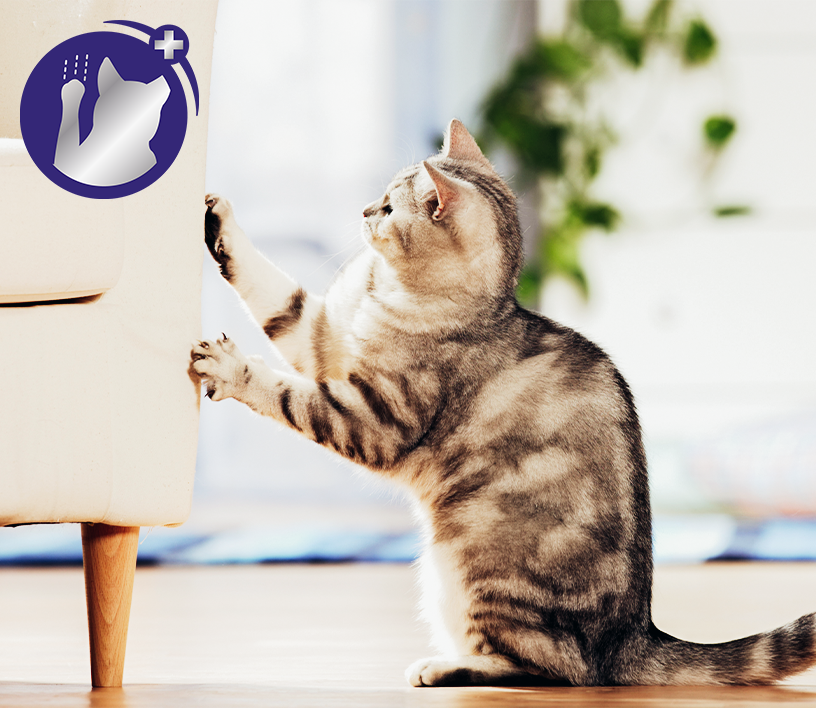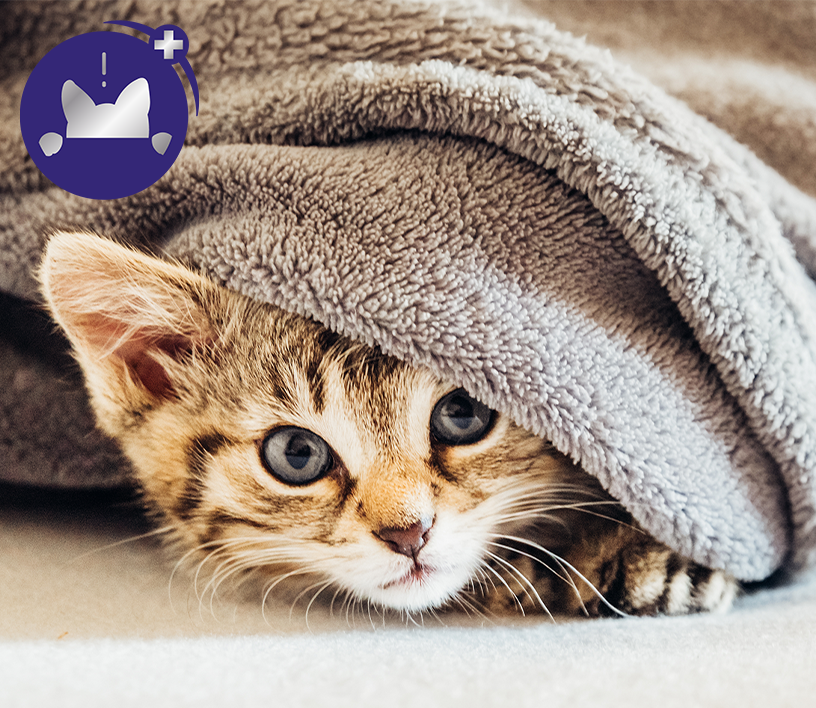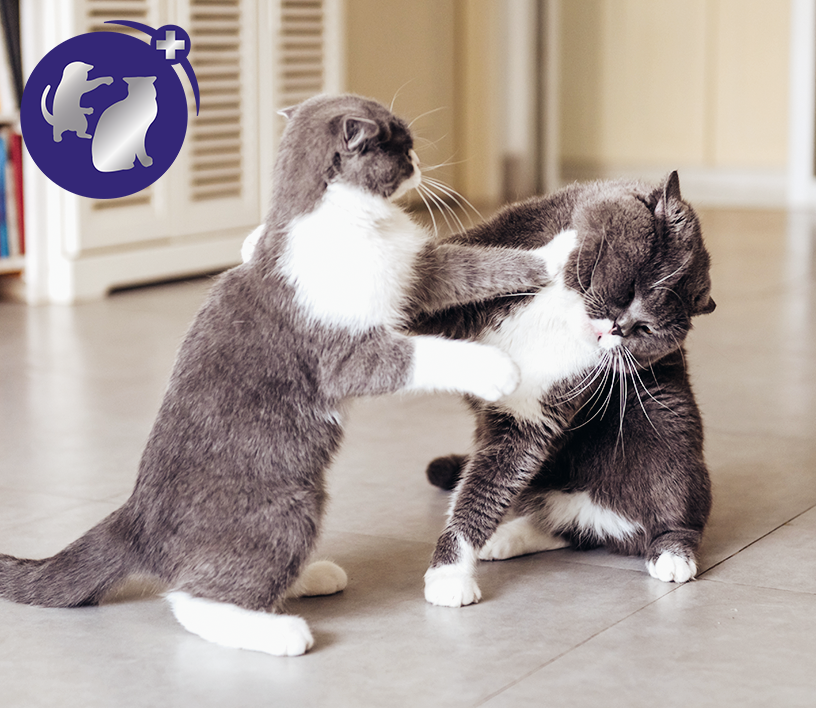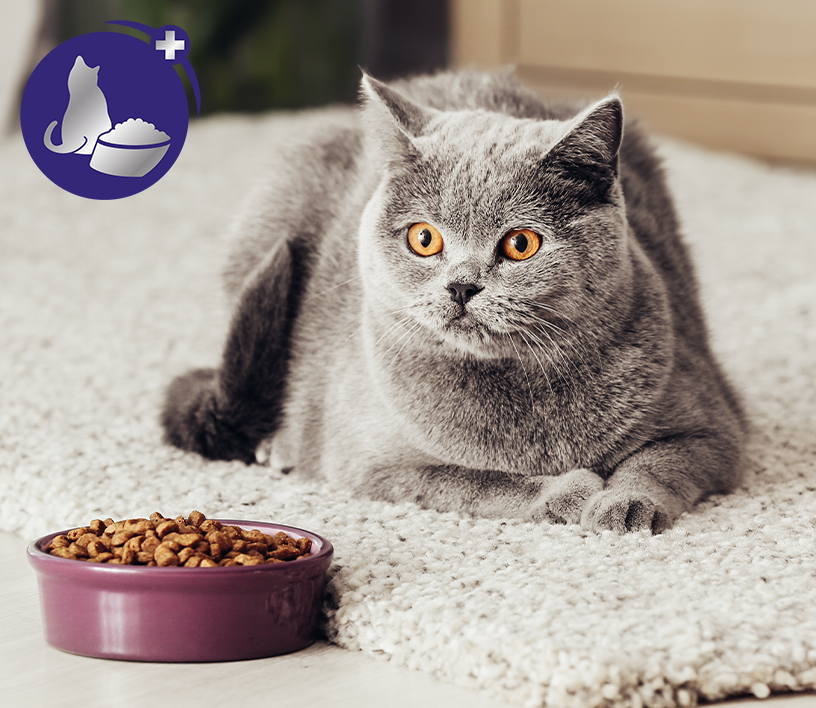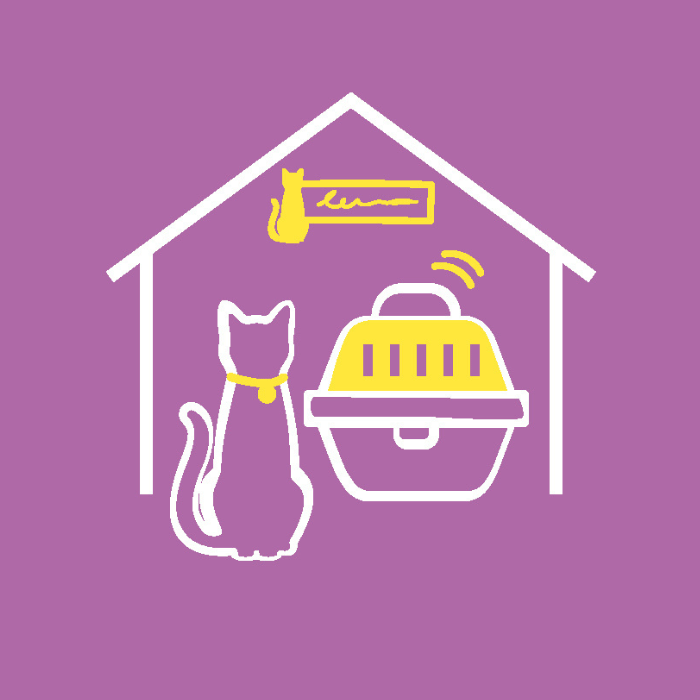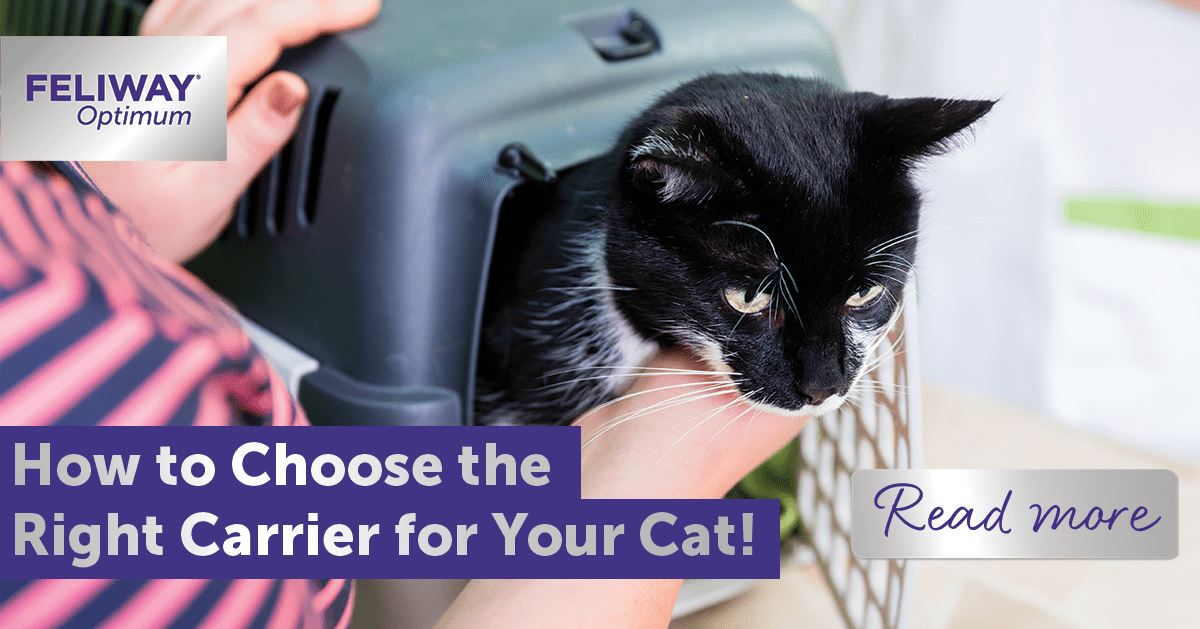
How to Choose the Right Carrier for Your Cat!
Roaming free and making their own choices, that's generally what cats like to do! But there are occasions when you need to be able to transport them and take them away from their home turf (like a trip to the vet) so it's important that your cat is comfortable with their mode of transport, and that you choose the right carrier for them.
Getting the right kitty carrier is important for a number of reasons:
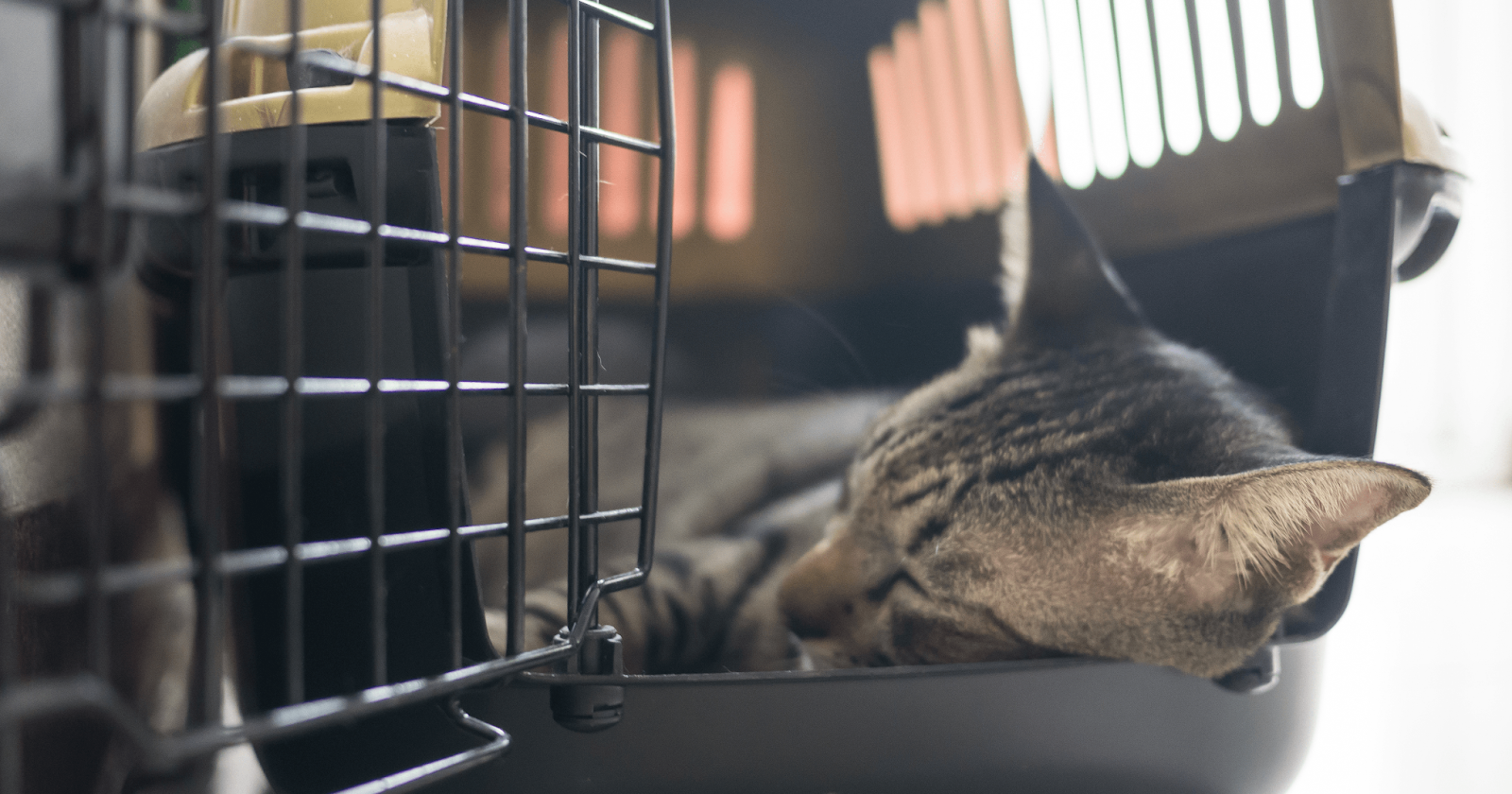
Type of carrier
There are a wide variety of carriers on the market and choosing the right one can seem complex! The ideal cat carrier should:
The pros and cons of different types of carrier
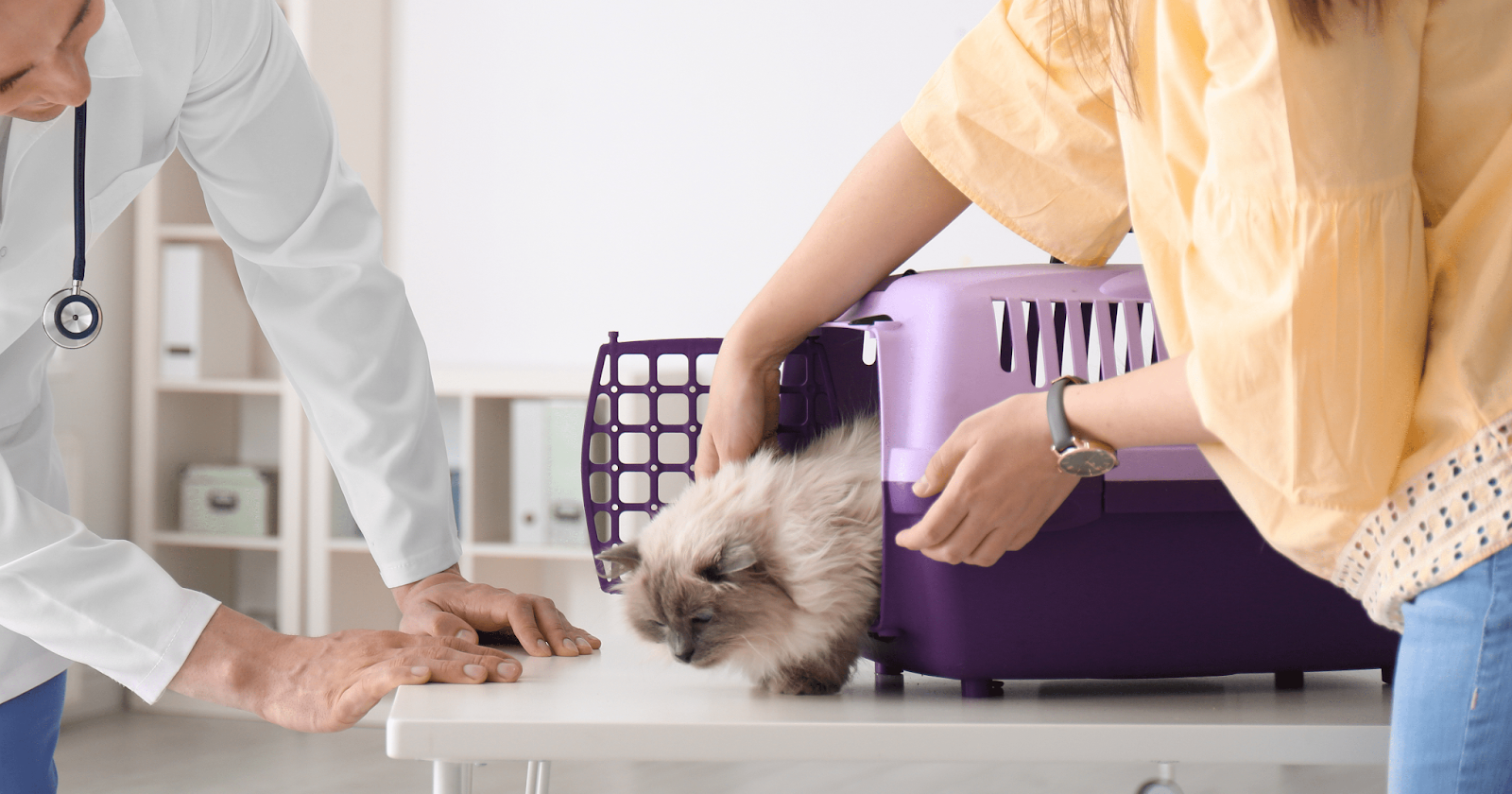
Carrier features
As for many cats the majority of trips are going to be to the vet, it is a good idea to consider what carrier is going to suit these visits:
Size matters!
Not too large, not too small, but just right, you need to make sure your cat is able to stand up, sit down and turn around in their carrier. If it is too big, your cat may slide around inside; if it's too small, they will feel cramped and trapped.
Figure out the approximate size your cat will be when they are fully grown, take into account their breed and the size of their parents. You can pad it out with blankets and/or towels to make it smaller when your kitten is still young; this will help prevent them from sliding around when on the move.

Make it appealing for your cat!
First and foremost, it's important to keep your cat calm while travelling to avoid stress and injury, and the best way to do this is to make sure the carrier appeals to your cat, so that they enjoy the experience.
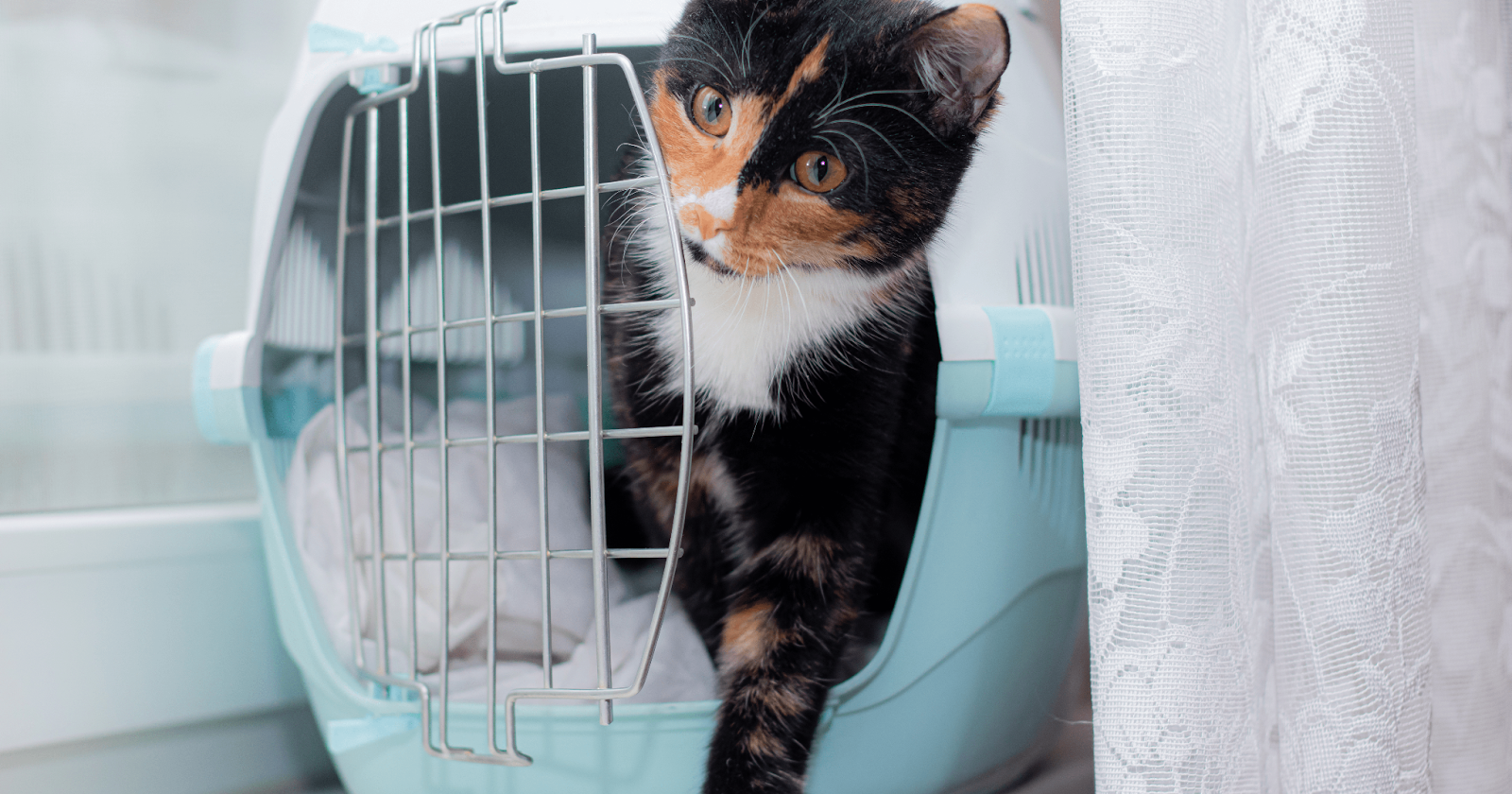
When travelling:








